Powering an electric blanket from a battery & inverter
I finally did a Battery/Inverter load test on an electric blanket. The results were not promising!
The heat is on…
Last winter I answered a few of my reader’s questions about powering an electric blanket from your RV battery and inverter.
At the time this was about warning you not to plug an electric blanket into a MSW (Modified Sine Wave) inverter since the waveform harmonics can cause the e-blanket controller to melt down.
What about Pure Sine Inverters?
Yes, those should be safe to power any electronics including electric blankets. As you can see from my diagram, a Pure Sine inverter produces power at least as clean (and possibly cleaner) than what comes out of your electrical outlet. But Modified Sine inverters can cause some power supplies to overheat and possibly meltdown.
What about battery power?
That’s the bad news. It appears that electric blankets use a substantial amount of wattage to operate. And now I know just how much from my own testing. A typical 100 amp-hr RV battery will have around 600 watt-hrs of available storage for flooded lead acid chemistry, and 1,200 watt-hrs of storage for Lithium batteries. Let’s start there…
How many watts does an electric blanket use?
Well, I tested my own electric blanket by plugging one side of a queen-size dual blanket into a Jackery 300 Explorer Power Station and setting the controller on 30%. I wasn’t worried about burning up the blanket controller since the Jackery Explorer outputs Pure-Sine 60-Hz power that’s as clean as the 60 Hz AC in your home power outlet.
Here’s the power draw at idle with just the inverter on
The internal pure-sine inverter in the Jackery 300 draws around 4 watts of power just being turned on. This is pretty normal for any inverter which needs a certain amount of current at rest.
Here’s the power draw with the electric blanket turned on to 30%
With one side of the blanket turned on, power draw was around 85 watts most of the time. The blanket controller cycled on and off at different intervals, depending on the heat setting on the controller.
How long did the battery last?
Well, I started it up at midnight and noted the blanket was still powered on several times during the night. However, I woke up at 5am with a 0% battery in the Jackery and a cold blanket. So my SWAG is somewhere between 4 and 5 hours. That seems reasonable since 85 watts continuously for 4 hours would equals 340 Watt-hrs. The Jackery 300 is rated for 300 Watt-hrs of available AC power, so that’s in the ballpark.
How long could I power an electric blanket in my RV?
With a 100 Amp-hr Lead/Acid battery that had 600 Watt-hrs of available storage, you could probably get 7 to 8 hours of blanket power before your battery would be discharged down to 50%. If you turned on both sides of a queen-sized blanket, that would be less than 4 hours of blanket heat.
However, if you had a 100 Amp-hr Lithium battery that could be discharged down to 0% SoC, those times would double to around 14 to 16 hours powering just one side of the blanket. It would be maybe 7 or 8 hours if you turned on both sides of a dual blanket.
Now remember, that’s with nothing else in your RV drawing any power, and your battery would be dead in the morning. So this is not practical with a 100 Amp-hr battery.
But my GeoPro FB19 ToyHauler has a 400 Amp-hr MasterVolt Lithium battery and 3kW hybrid inverter, so it could easily run both the propane furnace and a dual electric blanket overnight, and still have enough power to fire up a Nespresso machine for coffee in the morning.
What have I learned?
A electric blanket in an RV can draw as much wattage as the propane furnace fan and controller. There’s just not enough storage in a 100 Amp-hr battery to power anything like an electric blanket or a furnace fan for more than 8 or 10 hours before the battery is depleted.
That why I’m seeing more RV’s with 200 to 400 Amp-hrs of Lithium Batteries. My GeoPro has 600-watts of solar plus a 3,000-Watt Hybrid inverter and a 400 Amp-hr Mastervolt Lithium battery, which seems to be a great balance of stored power for weekend boondocking.
Let’s play safe out there… Mike

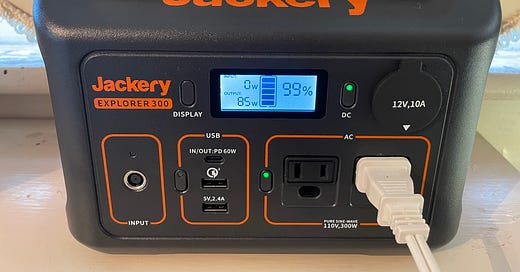



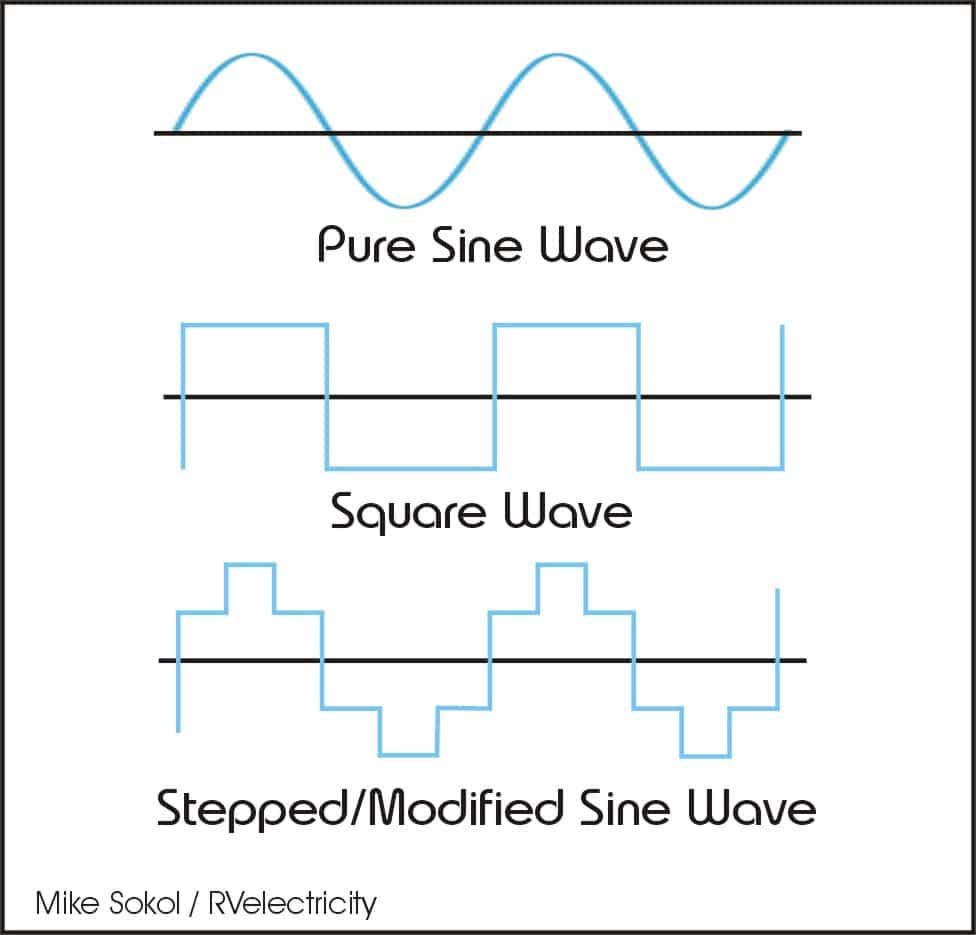
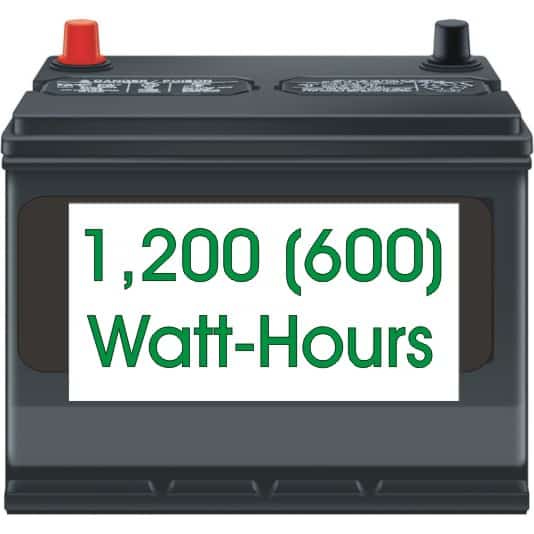
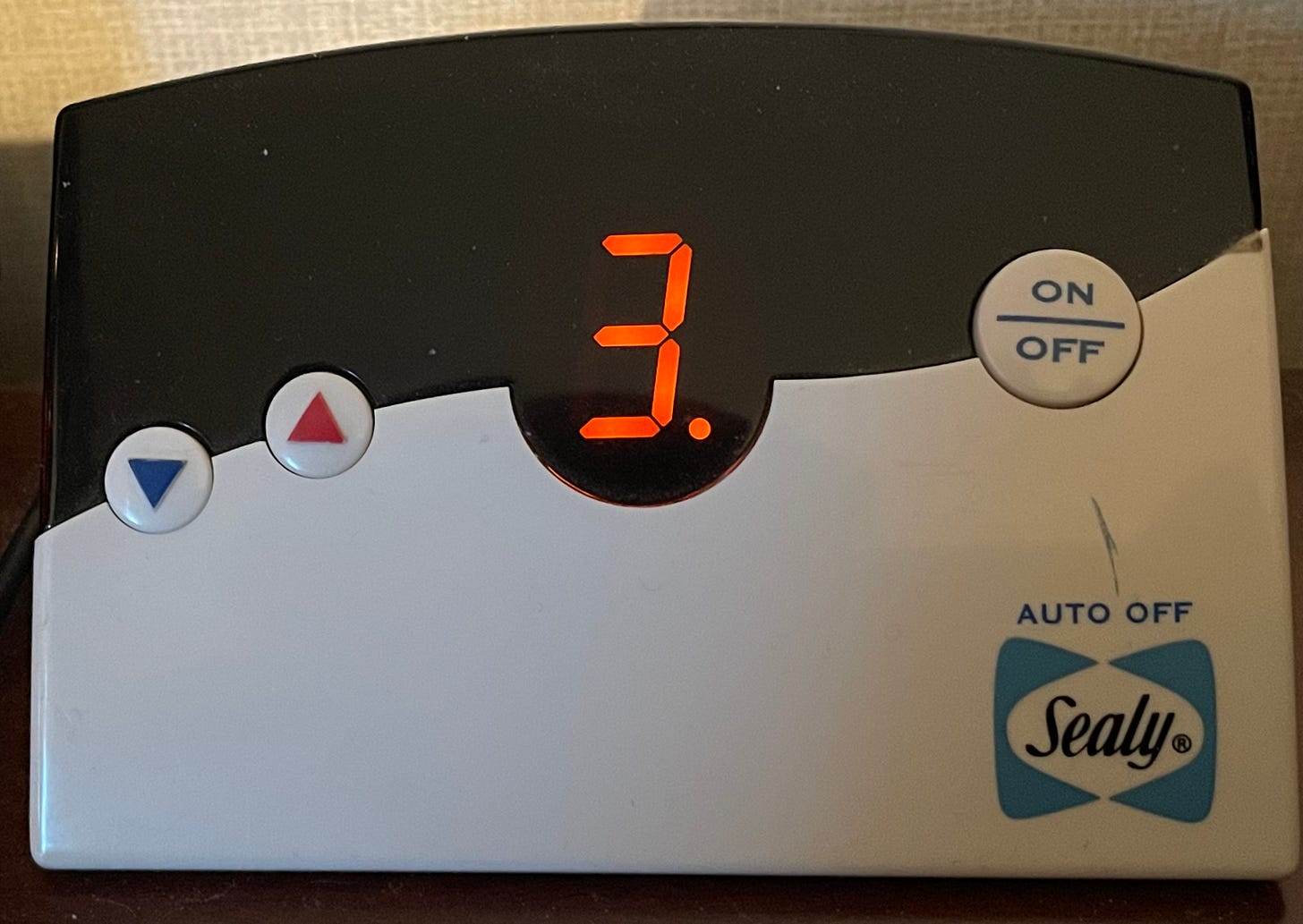
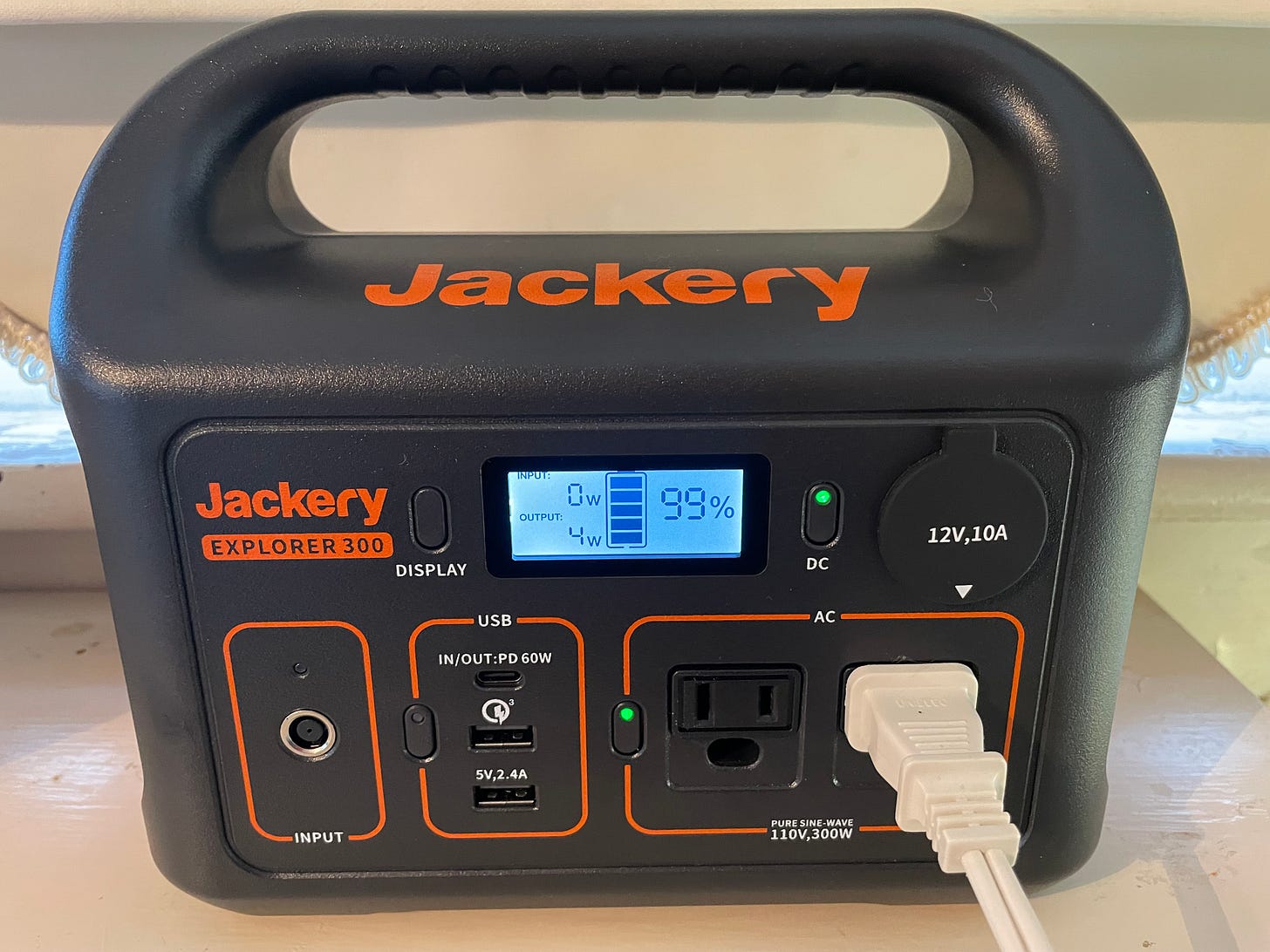

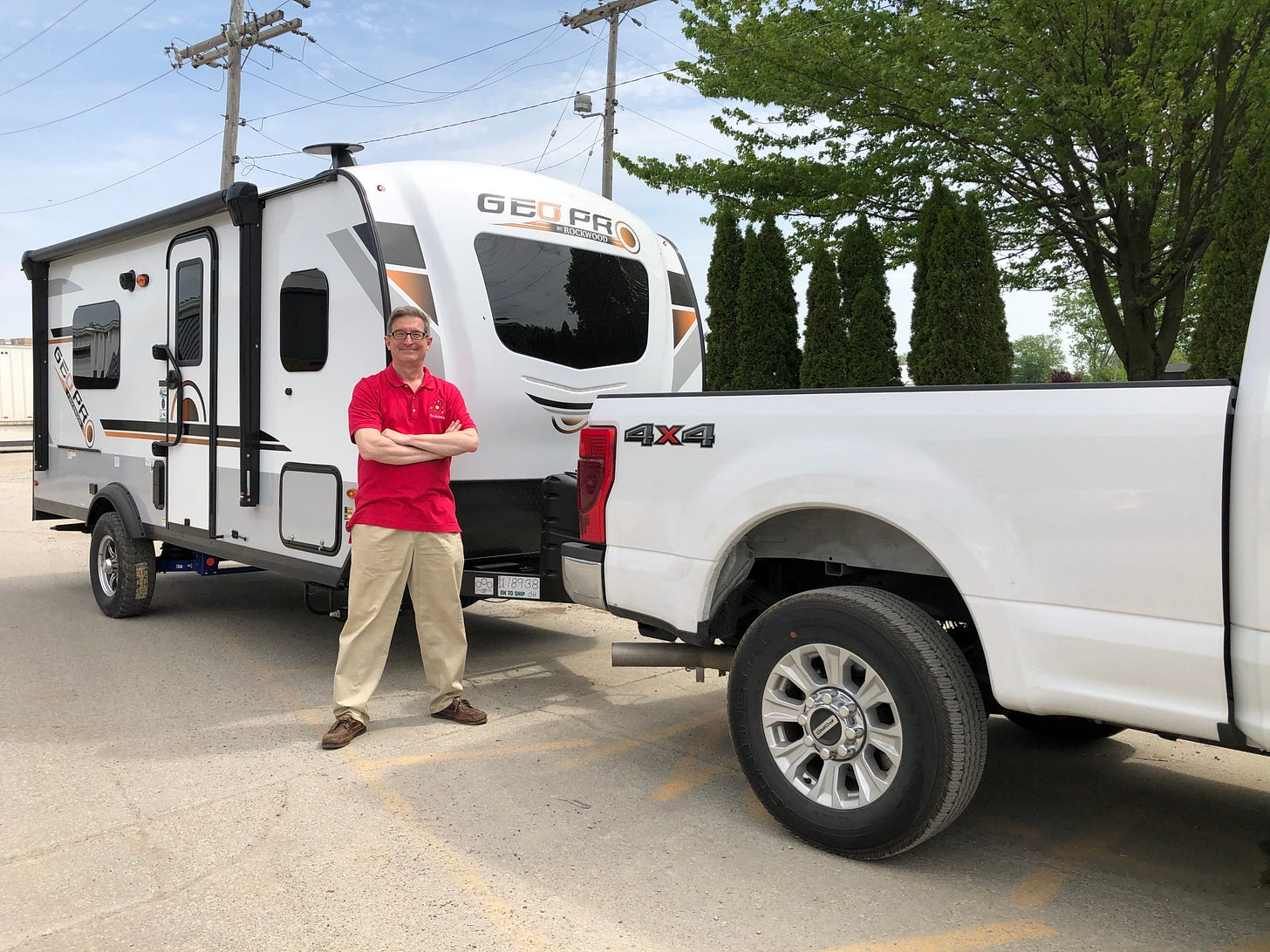

We use a 12V mattress pad and the results are great. We live in Gaithersburg and could lend it to you if you want to test one.